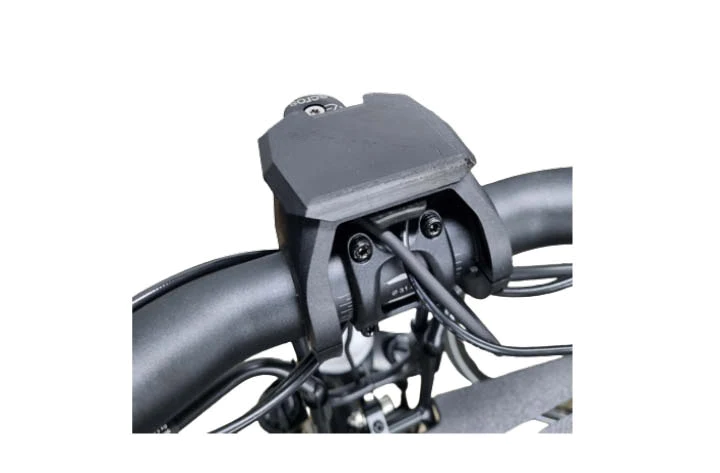Hi - I'm torn as what to do. New to ebiking, my bike is a Gazelle Medeo T10 with an integrated battery on the bottom of the front upright. The manual that comes with it is more for all Gazelle bikes but it says you should always remove the battery for transport on a hitch rack. My bike guy (although he and most are pretty new to ebikes) says he doesn't think I should ever remove the battery unless I have to - assuming he means that I can create wear and tear on the connection. If I do remove the battery it leaves the bike connection totally open to dust, sand and water from the road coming up into the cavity in the bike and the electrical. Bosch motor and battery btw.
What do you guys with the integrated batteries do when transporting - or any other time for that matter? Should I not be removing the battery unless absolutely necessary?
What do you guys with the integrated batteries do when transporting - or any other time for that matter? Should I not be removing the battery unless absolutely necessary?





